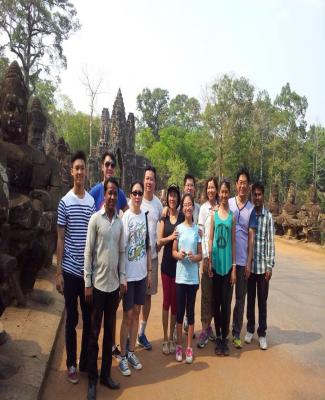

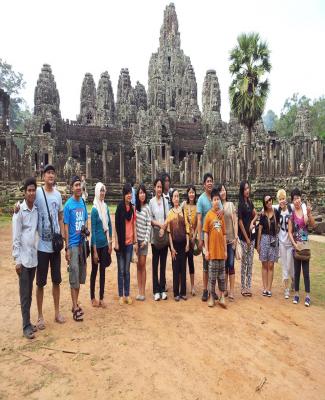
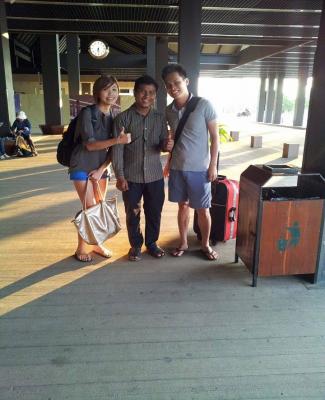
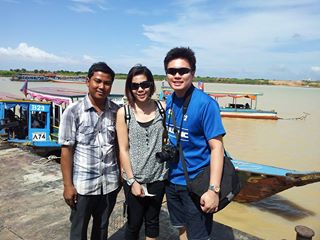
.jpg)
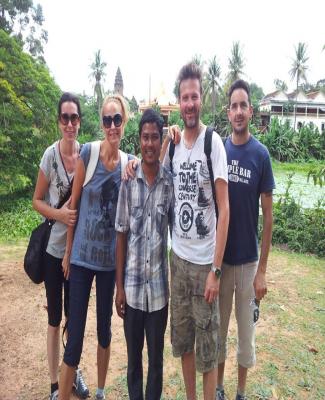
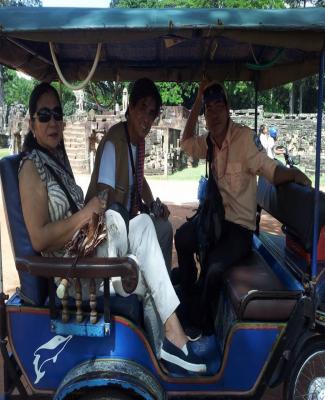
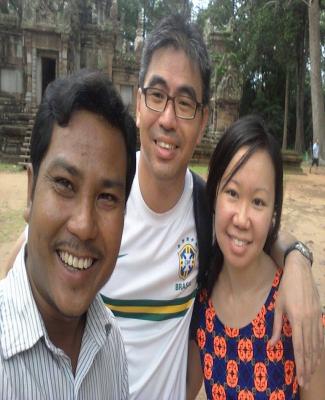
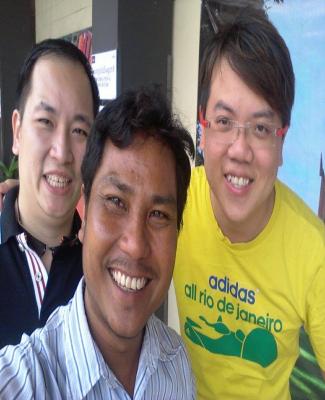
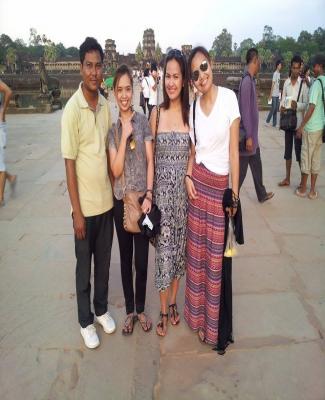
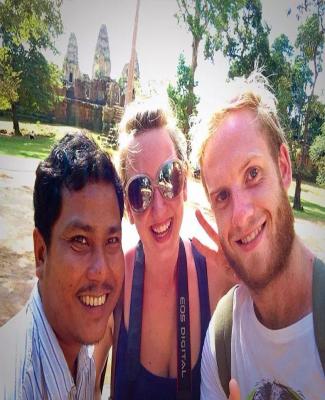
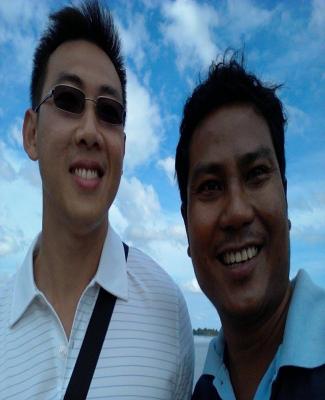
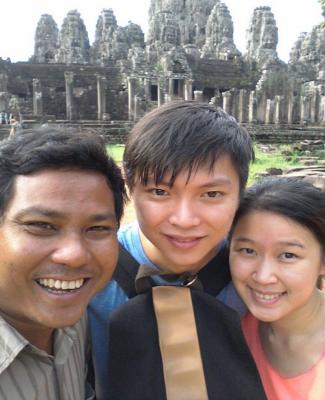
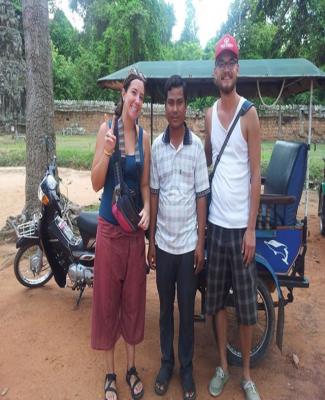

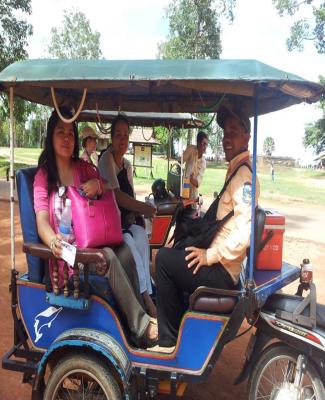
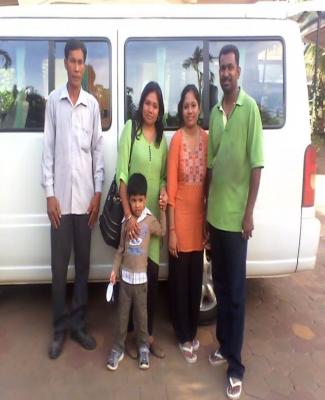
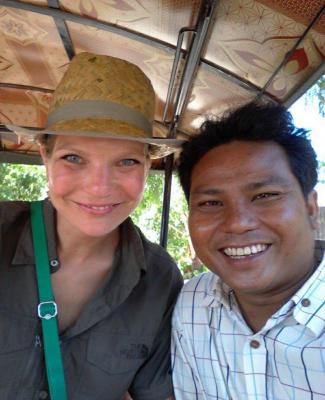
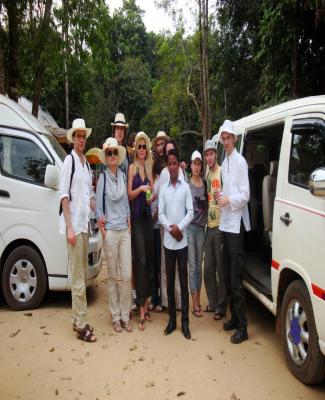
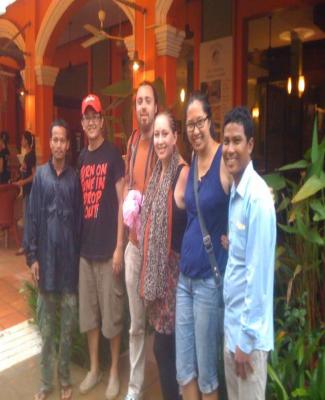

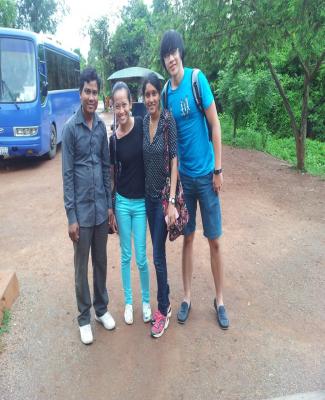

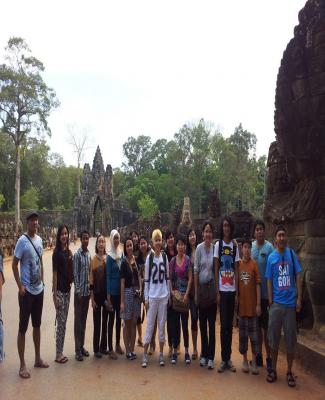
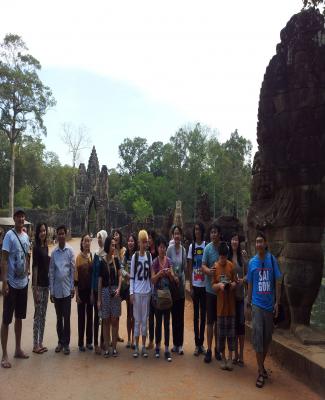
Attraction in Pailin Province, Cambodia
Pailin (Khmer: ក្រុងប៉ៃលិន) is a province (khaet) in western Cambodia at the northern edge of the Cardamom Mountains near the border of Thailand. This province is surrounded by Battambang Province, and was officially carved out of Battambang to become a separate administrative division after the surrender of the Ieng Sary faction of the Khmer Rouge in 1996. Pailin is known to much of the world for having long been a stronghold of the Khmer Rouge, remaining under their control long after they were defeated in 1979 and serving from 1994-1998 as the capital of the "Provisional Government of National Union and National Salvation of Cambodia." On 22 December 2008, King Norodom Sihamoni signed a Royal Decree that changed the municipalities of Kep, Pailin and Sihanoukville into provinces, as well as adjusting several provincial borders HistoryPailin was originally a small forest zone full of animal and several precious stones. Pailin is the transform word from the original Pan Len (Khmer:ភេលេង), referred by a tale about around the 18th or 19th century, there were a group of hunters who chased the wild animals farther and farther until they reached the present-day Pailin where, then, was of jungles of high trees and some fields by the canal which was called small river such as Tong small river. The hunters saw otters that were swimming and they ran away when they saw people. Then, the hunters went to see the place where the otters played together. They saw small bright rocks and everybody took a rock to show their friends and their relatives in their home land. Arriving in the home land, there were residents (it was said they were Kula people in Chanthaburi Province Siam) knew that the rocks were valuable so they took and broke the rocks to polish into gems with good purity. That was why they went to buy gems from the hunters. The hunters knew that it was way of earning a living, they often tried to go to take the rocks from the old place. At that time, Pailin began to faced as the business place. The frequent going and coming from that place made them call Phee Leng (Khmer:ភេលេង) due to the playing of the otters that they saw at the first time. But the residents in Siam pronounced Phee as Phai(Khmer:ផេ) and Leng as Len (Khmer:ឡេន) or Lin with their Siamese sound as Pea Lean (Khmer:ផេឡេន). During the control of France of that area, it was written in Latin with the sound and morphology of the words as Phailin. Later the word was shortened as Pailin by omitting " H " aim of a difficult pronunciation. In the late 1970s, Pailin was a prosperous town stemming from the extensive gem deposits in the surrounding countryside. Because of its resources, it was one of the first cities invaded by the Khmer Rouge when they began their major offensive against the national government. The city offered no resistance and the Khmer Rouge soldiers were greeted as liberators as they marched into town. At this point, the deposed king had allied himself with the KR and most residents believed that the KR were fighting to restore him to power. It was not long, though, before most residents were rounded up for a forced march to the countryside to work in rice paddies. Those believed to have connections to the government were killed. The KR used proceeds from mining in the Pailin area to fund their offensive and later their government once they gained national power. When the invading Vietnamese Army threw them from power, they retreated to Pailin, where many former KR leaders remain today. Some leaders went into hiding in fear of punishment for their crimes, although other leaders lived openly in the province. It is said that 70% of the area's older men were fighters for the Khmer Rouge, but none of the regular fighters have yet been brought to justice. As of September 2007, Pailin's remaining Khmer Rouge leaders were being rounded up to face justice by an international tribunal, including Khieu Samphan and Nuon Chea In the recent years, Pailin suddenly meet the decline of Economy and Business. However, a new wave of tourism began found depend on its ancient temple, natural forest, animals and especially the precious stones. CulturePailin's culture is distinctly different from most of Khmer culture. According to some data, Pailin's culture is predominantly Burmese, and has much in common with that of the country of Burma. This affinity is shown in the region's cuisine, dress, temple architecture, festivals and arts. The culture can be seen as similar to the culture in Chiang Mai, Thailand. The people of Pailin are predominantly Kola. The Kola people originally migrated from Burma beginning in 1876. There is some dispute as to from what region of Burma the Kola originated, as there is no group in modern day Mayanmar known as the "Kola". Another wave of migrants, the Shan arrived from Burma in the 1920s. Both groups are known for their work in the precious gem business, which likely is what attracted them to Pailin There are several dialects spoken locally including Khmer, Shan and Kola. The local Khmer dialect shows influence in tone and pronunciation from the Burmese languages as well as Kham Muang and Mon language. In Pailin, there are a few different kinds of foods. Kola's food is distinct from Burma's Cuisine as well. The most popular Burmese style one is Mee Kola (មីកុឡា) which is a vegetarian noodle dish made from thin rice stick noodles, steamed and cooked with soy sauce and garlic chive, sometimes mixed with some meats and small lobster. Other dishes include Tom yum from Thailand and Mon banana pudding of Burma. These have all spread to other parts of Thailand and Cambodia, but normally in versions which are flavored more sweetly than the Pailin version, especially in Phnom Penh. The Traditional clothes of Pailin is Longyi, also known as Sarong. The cloth is often sewn into a cylindrical shape. It is worn around the waist, running to the feet. It is held in place by folding fabric over, without a knot. It is also sometimes folded up to the knee for comfort. These traditional "longyi" have about 2 meters of in length of swan. The cloth is made of cotton and sometimes from silk. Kola men wear ankle-length patterns of checks, plaids or stripes "Longyi" in any kinds of color. The Men always wear their white eingyi shirt which has a mandarin collar and sometimes also wear a traditional jacket called taik-ponover their eingy. It has white, grey, black or terracotta colors. They put the gaung baung turban on their head and on their feet wear simple rubber or velvet slippers. For Kola women's calf-length longyi are in solid colors, flower prints and many kinds of designs. They soften have a red based color, with partial stripes or very small checks similar to what Mon wear. They also often have horizontal or vertical stripes at the middle part. Royalty traditionally wore a long dress called "thin-dai" decorated by many threads. It was always worn by a lord's daughter and the king of the province's lady. The Women wears a beautiful blouse and a lovely shirt which is known as eingyi. The shirt is decorated with several colors and many piece of silver. The shirt also has horizontal or vertical stripes at the middle part in some beauty color. Kola women tie a traditional shawl on their eingyi as well as they put the shawl on their shoulders. Women tie a lovely band on their head and wear beautiful flowers in their hair, allowing their hair to drop as a ponytail above their shoulders. They sometimes took a traditional umbrella made from baboom with them. The footwear is simple slippers of leather or velvet called Hnyat-phanat. All of these costumes were shiny with bright colors during celebrations. The clothing is very similar to what is worn by the Shan in Burma. The houses in Pailin are built from wood, about 8 cm to 1 meter includes a wide door and in the middle of house, there are the hermitages of Buddha and anothers spirit house. The Kola People are fond of planting roses in front of their homes. |
Recently Guest Booking:
Guest Name: Neal Schwartz
Country: France
City: Antibes
Travel Date:
Arrival By: Car
Tour Name: Angkor Tour 4 Days


